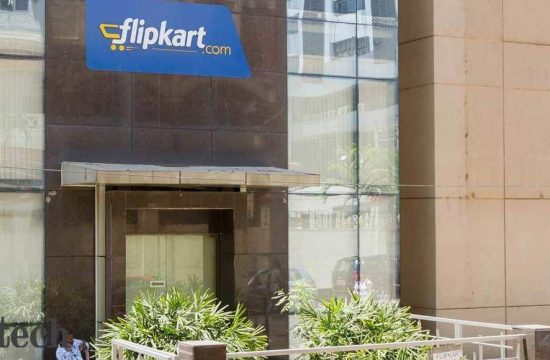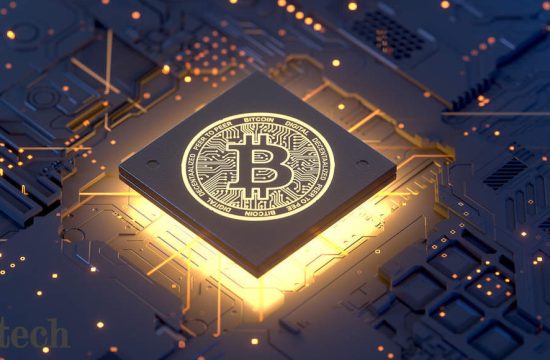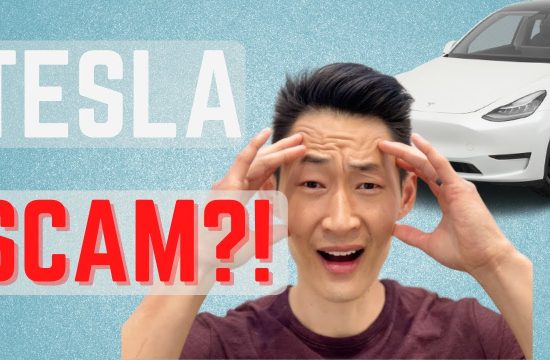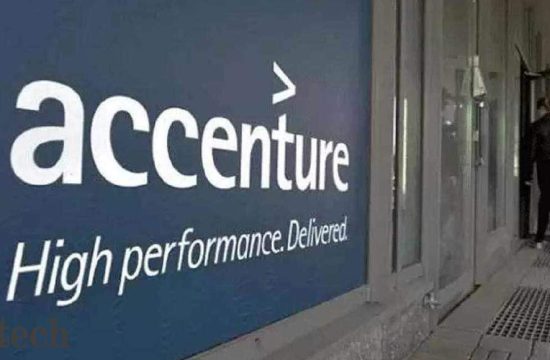
A U.S. federal agency is considering as evidence a former Tesla employee’s complaint about how the company managed and communicated about fire risks and defects in its solar installations, CNBC has learned from documents received through a Freedom of Information Act request.
The U.S. Consumer Product Safety Commission is proceeding with an investigation and has also interviewed the former Tesla employee who filed the complaint in spring 2019, Steven Henkes, who was then a Tesla solar field quality manager.
CNBC learned of the investigation by asking the CPSC for a full copy of the whistleblower complaint. The agency declined to provide the full complaint but revealed: “The records that we are withholding are related to an open investigation, and consist of internal and external reports.” The precise scope and focus of the investigation are not known at this time.
Henkes is also suing Tesla, alleging retaliation.
In a lawsuit filed in Alameda County in November 2020, Henkes said that he was fired from his job at Tesla on Aug. 3, 2020, after raising safety concerns internally then filing formal complaints with government offices, when Tesla failed to act to fix and communicate accurately with customers over what he said were unacceptable fire risks in the company’s solar installations.
Henkes declined to speak with CNBC directly but answered some questions by email through his attorney, Robert Wallace. Henkes believes “there continues to be a real threat of fires due to serial defects in the Tesla installations,” a statement from Wallace says. “The consumers have not been adequately informed of the risks.”
Tesla entered the solar business in late 2016 when it acquired SolarCity for $ 2.6 billion. Among other things, Tesla Energy installs rooftop photovoltaics, ground-based and carport solar energy systems.
Tesla does not break out revenue from solar on its own. “Energy generation and storage” represented only 6% of the company’s total revenue in 2020 but grew by 30% from last year, according to its end-of-year financial filing. On a Jan. 27 earnings call, Musk told analysts: “We’re putting a lot of attention on solar and it is growing rapidly. So I think it will not be long before Tesla is by far the market leader in solar.”
Tesla’s systems have been installed at homes including military housing units at Fort Bliss and other bases, schools in the L.A. unified school district, and commercial facilities including Walmart stores and Amazon warehouses.
As CNBC previously reported, Tesla solar installations have previously caught fire. In August 2019, Walmart sued Tesla for negligence after solar rooftop systems installed by Tesla Energy ignited at multiple Walmart locations.
In court filings, Walmart said that Tesla failed to properly monitor, repair and maintain these systems, even after the fires occurred. The fires caused significant damage, and faulty systems posed serious risks to employees, customers and business, according to Walmart’s complaint then.
On Nov. 5, 2019, the companies issued a joint statement saying they were looking forward to “a safe re-energization of our sustainable energy systems.” The exact terms of the companies’ settlement — and costs to Tesla — have never been disclosed. A Walmart spokesperson pointed to a subsequent statement in January 2020 that noted, “Some of this work may include replacement of certain solar equipment.”
Tesla did not immediately respond to a request for comment.
The risk of fires is still very low in solar photovoltaics, whether home or larger-scale systems, according to Greg Sellers, CEO of a solar maintenance and repairs business in Morgan Hill, California. Research by Fraunhofer Institute for Solar Energy Systems backs up his observation from the field.
Without commenting on Tesla specifically, Sellers explained: “For those of us in the repair and safety side, any incident is too many. Fires are still very rare. That’s why they get so much publicity when they do happen.” He said it’s generally more likely a fire would be caused by a failed installation practice than a component failure. And he said that solar installers have been getting better and better as these systems proliferate.
Public safety concern
CNBC asked the CPSC — a federal agency tasked with “protecting consumers from products that pose a fire, electrical, chemical, or mechanical hazard” — for a copy of Henkes’ full complaint after it was referenced in his lawsuit in the fourth quarter of 2020.
The CPSC’s Chief Freedom of Information Act Officer Abioye Ella Mosheim declined, citing an exemption for records related to an open investigation. She wrote, “The records you requested are from the CPSC’s Office of Compliance and Field Investigation’s active law enforcement investigatory files.”
Henkes, through his lawyer, Wallace, confirmed that the CPSC had interviewed Henkes and asked the former Tesla employee to submit additional materials to the agency. The items Henkes submitted to the feds in a “CP-15” complaint included:
· failure analysis reports from a third-party engineering firm
· internal meeting minutes, reports and emails
· customer notification examples
· photos of thermal events linked to customer houses
· meeting minutes and presentations pertaining to a supplier named Amphenol and Tesla
Henkes wants Tesla to “rethink its clarity with the customer,” his attorney said on his behalf. The former employee was working on implementing “a permanent countermeasure” for the issues he found before he was fired, the attorney added. However, Henkes alleges that he was “continually thwarted and then fired for continuing to work on behalf of public safety” at the end of his tenure at Tesla.
Another former Tesla solar employee, who asked to remain unnamed because he still works in the solar industry, corroborated many of Henkes’ claims from the public lawsuit.
In particular, this person said that many of Tesla’s solar system installations, especially those including certain roof racking components and Amphenol H4 connectors, pose a significant fire risk and that Tesla’s remediation or modification efforts have not been transparent or effective. The person also said the company still hasn’t fixed or removed all the systems with known fire risks.
Tesla used to outsource remediation efforts and maintenance of its aging solar fleet but is now canceling at least some of those contracts and bringing the process back in-house, according to this former employee.






